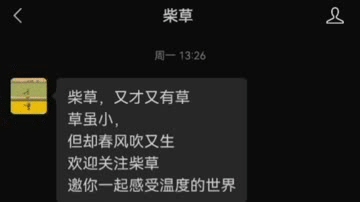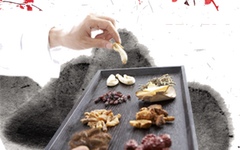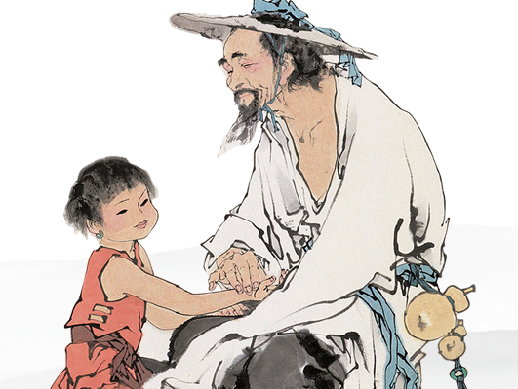
Huang Lian (Coptis chinensis)
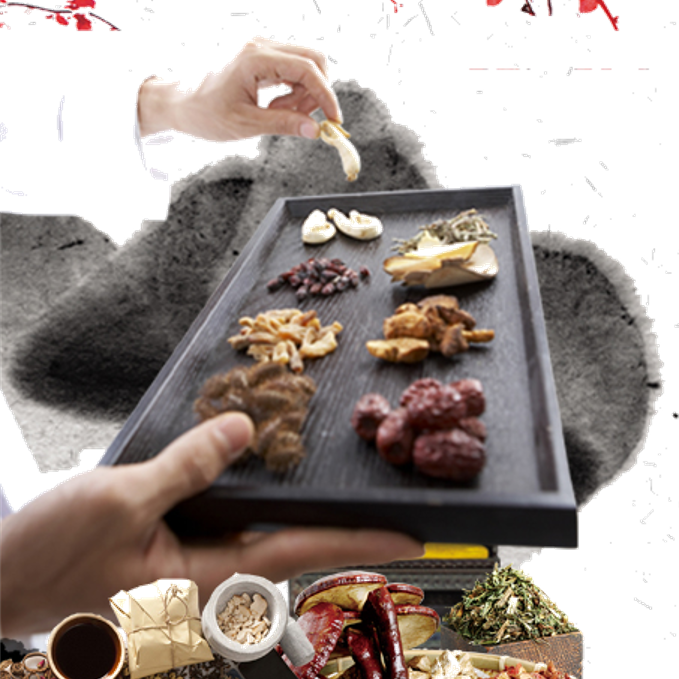
Huang Lian, a traditional Chinese medicinal herb, belongs to the Ranunculaceae family and the Coptis genus. Huang Lian thrives in cool, moist, and shaded environments, avoiding high temperatures and drought. The leaves are basal, thick, and paper-like, ovate-triangular, with three lobes; the central lobe is rhombic, deeply lobed, with sharp serrated edges, and the lateral lobes are unevenly deeply lobed; the petiole is 5-12 cm long. The flower stalks are 1-2, 12-25 cm high; the inflorescence is dichotomous or multi-branched with 3-8 flowers. It blooms from February to March and bears fruit from April to June. Huang Lian has the effects of clearing heat and drying dampness, draining fire, and detoxifying. It is indicated for damp-heat obstruction, vomiting with sour regurgitation, damp-heat diarrhea, high fever with delirium, irritability and insomnia, blood-heat vomiting and nosebleeds, carbuncles and sores, red eyes, toothache, diabetes, and external treatment for eczema, damp sores, and purulent ear discharge.

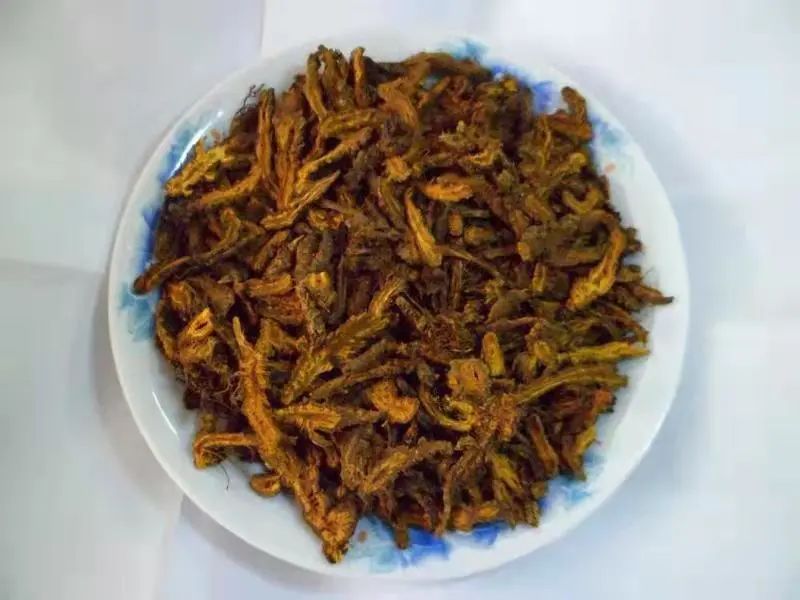
Name: Huang Lian
Pinyin: HUANG LIAN
Alias: Wang Lian, Zhi Lian
Medicinal Part: Rhizome
Origin: Hubei, Sichuan, Yunnan
Properties and Flavor: Cold; Bitter; Enters the Heart, Spleen, Stomach, Liver, Gallbladder, and Large Intestine meridians
Preparation Methods:
1. Huang Lian: Take the raw herb, remove impurities, wash thoroughly, cut into thin slices, and dry. The raw form is commonly used to clear heart fire and detoxify.
2. Jiu Huang Lian (Wine-processed Huang Lian): Take Huang Lian slices, mix with yellow wine, let it soak until fully absorbed, then heat gently in a pot until dry. Jiu Huang Lian is commonly used to clear fire from the upper jiao (upper body).
3. Jiang Huang Lian (Ginger-processed Huang Lian): Take Huang Lian slices, mix with ginger juice, let it soak until fully absorbed, then heat gently in a pot until dry. Jiang Huang Lian clears fire from the middle jiao (middle body) and is effective for vomiting due to stomach heat.
4. Yu Huang Lian (Evodia-processed Huang Lian): Take Wu Zhu Yu (Evodia rutaecarpa), add an appropriate amount of water, decoct for 30 minutes, strain, mix with Huang Lian slices, let it soak until the juice is absorbed, then heat gently in a pot until dry. Yu Huang Lian can clear damp-heat from the qi level and disperse liver and gallbladder fire.
5. Chao Huang Lian (Stir-fried Huang Lian): Take Huang Lian slices, heat gently in a pot until they turn a deep yellow, then cool. Chao Huang Lian has a milder cold property and is less likely to harm Spleen Yang.
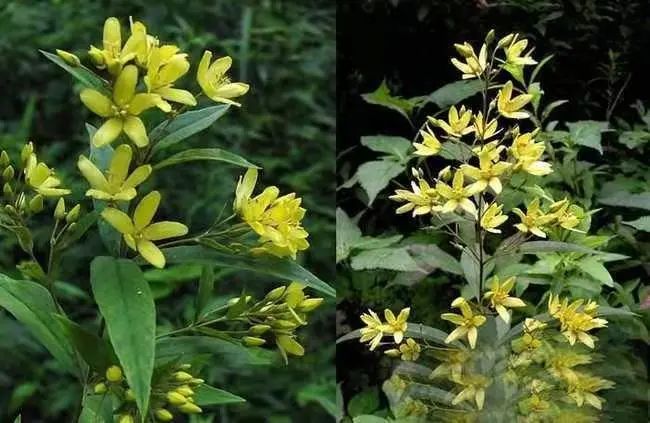
Dosage: Internal use: decoction, 1.5-3g; powdered, 0.3-0.6g per dose; or in pills or powders. External use: appropriate amount, ground into powder for topical application; or decocted for washing, made into paste for application, or used as juice.
Functions and Indications: Clears heat and dries dampness, drains fire, and detoxifies. Used for damp-heat obstruction, vomiting with sour regurgitation, diarrhea, jaundice, high fever with delirium, excessive heart fire, irritability and insomnia, blood-heat vomiting and nosebleeds, red eyes, toothache, diabetes, carbuncles, and sores; externally used for eczema, damp sores, and purulent ear discharge.
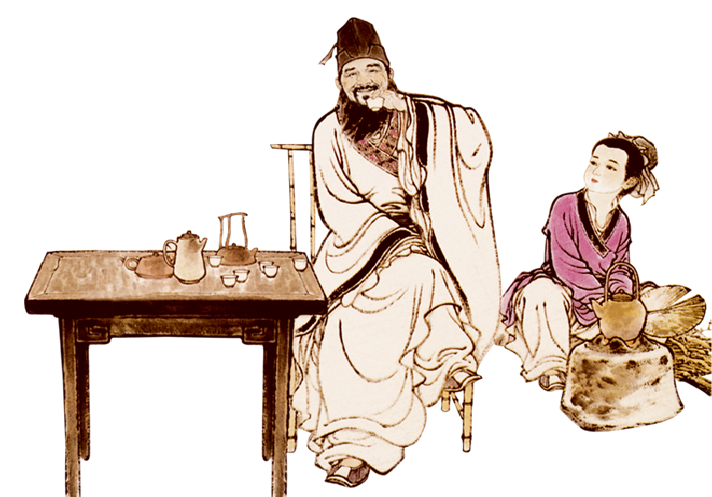
Precautions: Use with caution in cases of stomach deficiency with vomiting, spleen deficiency with diarrhea, and nocturnal kidney leakage.
Characteristics of the Herb
Huang Lian: Often clustered, usually curved, resembling chicken claws, with single branches of rhizome 3-6 cm long and 0.3-0.8 cm in diameter. The surface is grayish-yellow or yellow-brown, rough, with irregular nodular protrusions, fibrous roots, and remnants of fibrous roots. Some segments have a smooth surface like stems, commonly referred to as “crossing the bridge.” The upper part often retains brown scale leaves, and the tip usually has remnants of stems or petioles. The texture is hard, with an uneven cross-section; the bark is orange-red or dark brown, and the wood is bright yellow or orange-yellow, arranged radially, with some hollow pith. The aroma is faint, and the taste is extremely bitter. Ya Lian: Mostly single branches, slightly cylindrical, slightly curved, 4-8 cm long, and 0.5-1 cm in diameter. “Crossing the bridge” is longer. The tip has a small amount of residual stem. Yun Lian: Curved and hook-shaped, mostly single branches, smaller in size.
Related Discussions
1. “Shennong Bencao Jing”: “Indicated for heat-related eye pain, tears from eye injury, intestinal obstruction, abdominal pain with diarrhea, and swelling and pain in women’s genitalia.”
2. “Zhen Zhu Nang”: “Its uses are sixfold: to drain heart fire, to eliminate damp-heat from the middle jiao, to treat all sores, to eliminate wind-damp, to treat red eyes, and to stop bleeding in the middle part.”
3. “Bencao Zhengyi”: “Huang Lian is extremely bitter and cold, it dries dampness and clears heat, capable of draining all excess damp-heat, treating heat in the heart, spleen, liver, kidney, gallbladder, stomach, and large intestine. It clears eye diseases caused by wind-fire, alleviates vomiting due to liver and stomach heat, relieves abdominal pain due to stagnation, and is effective in treating blood-heat conditions such as vomiting blood, hematuria, dysuria, and hemorrhoids, as well as carbuncles, rashes, and toxic heat conditions.”
